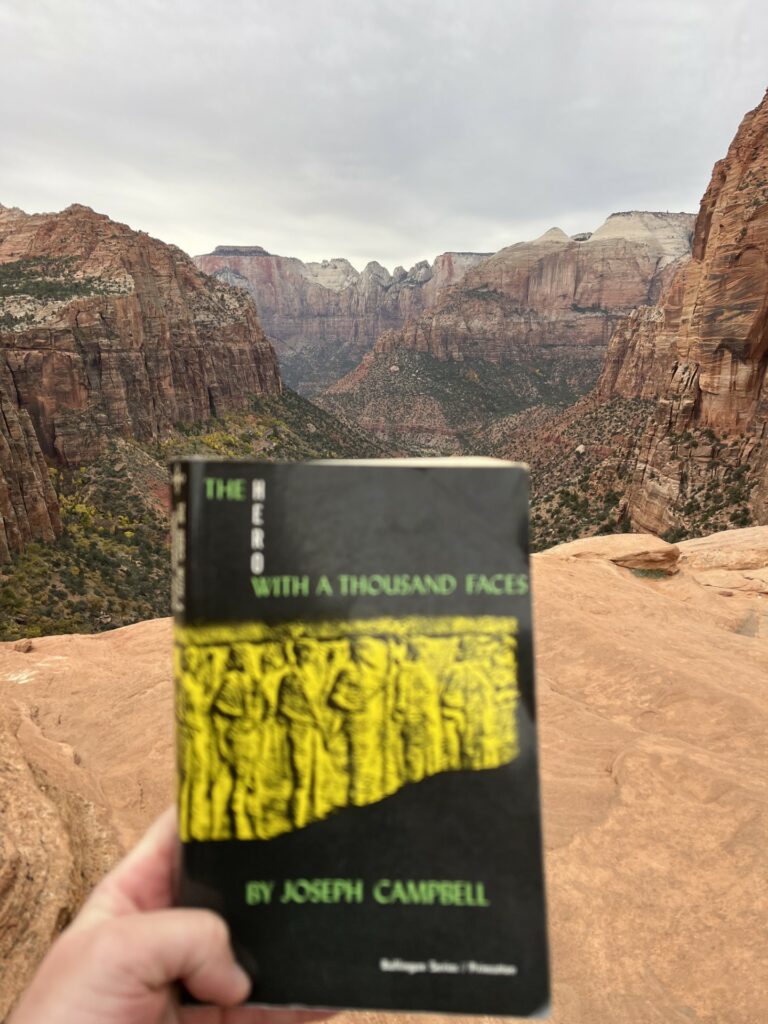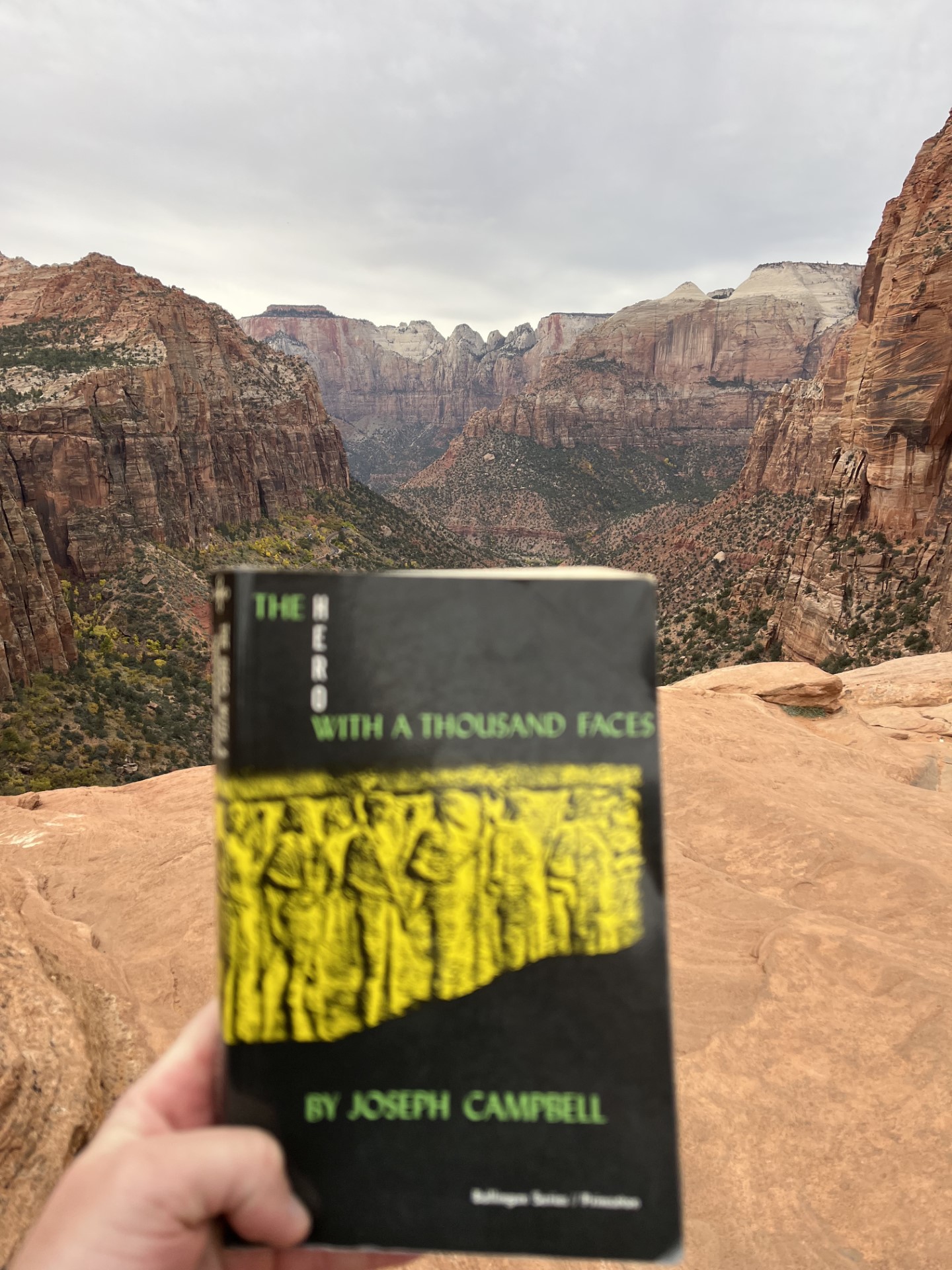“The Hero with a Thousand Faces” by Joseph Campbell is considered a groundbreaking exploration of mythology and the universal hero’s journey. Campbell’s work has had a profound influence on literature, film, and psychology, offering a framework that transcends cultural boundaries and taps into the collective human experience.
At the core of the book is the concept of the monomyth, also known as the hero’s journey. Campbell argues that myths from different cultures around the world share a common structure, where the hero embarks on a transformative journey that involves stages such as departure, initiation, and return.
One of the key insights of “The Hero with a Thousand Faces” is the archetype of the hero, a figure who undergoes trials, battles adversaries, and ultimately achieves a deeper understanding of themselves and the world. Campbell examines how this archetype manifests in myths from diverse cultures, from ancient Greek legends to Native American folklore.
Through meticulous analysis and rich storytelling, Campbell reveals the underlying patterns and themes that resonate across mythological traditions. He explores the symbolism of the hero’s journey, the significance of mentors and allies, and the symbolism of the ultimate boon or reward that the hero attains.
“The Hero with a Thousand Faces” is not just a scholarly work on mythology; it’s a profound exploration of the human psyche and the quest for meaning and fulfillment. Campbell’s insights have influenced storytellers like George Lucas, whose “Star Wars” saga is heavily inspired by the hero’s journey framework outlined in this book.
Readers of “The Hero with a Thousand Faces” will gain a deeper appreciation for the power of myth and storytelling in shaping our understanding of ourselves and the world. It’s a thought-provoking and enlightening read that invites us to explore the universal themes that connect us as human beings, making it a timeless classic for anyone interested in mythology, psychology, and the art of storytelling.
To Purchase a copy of this book, Click here


